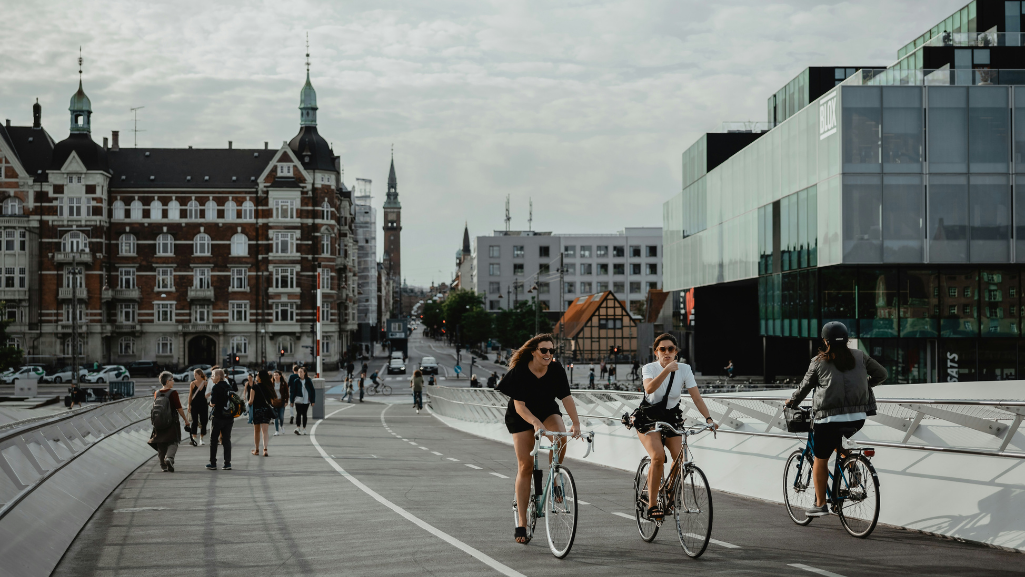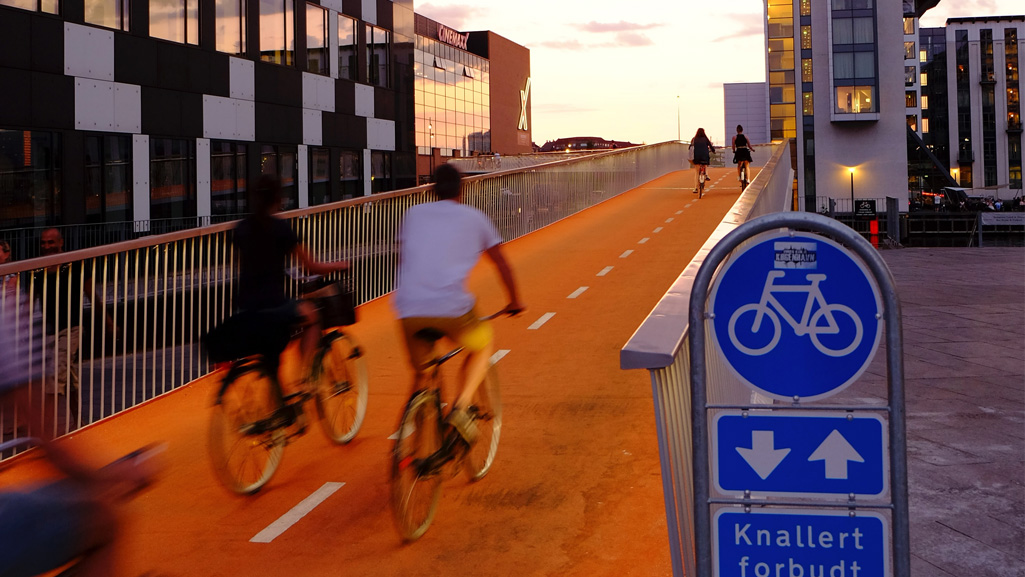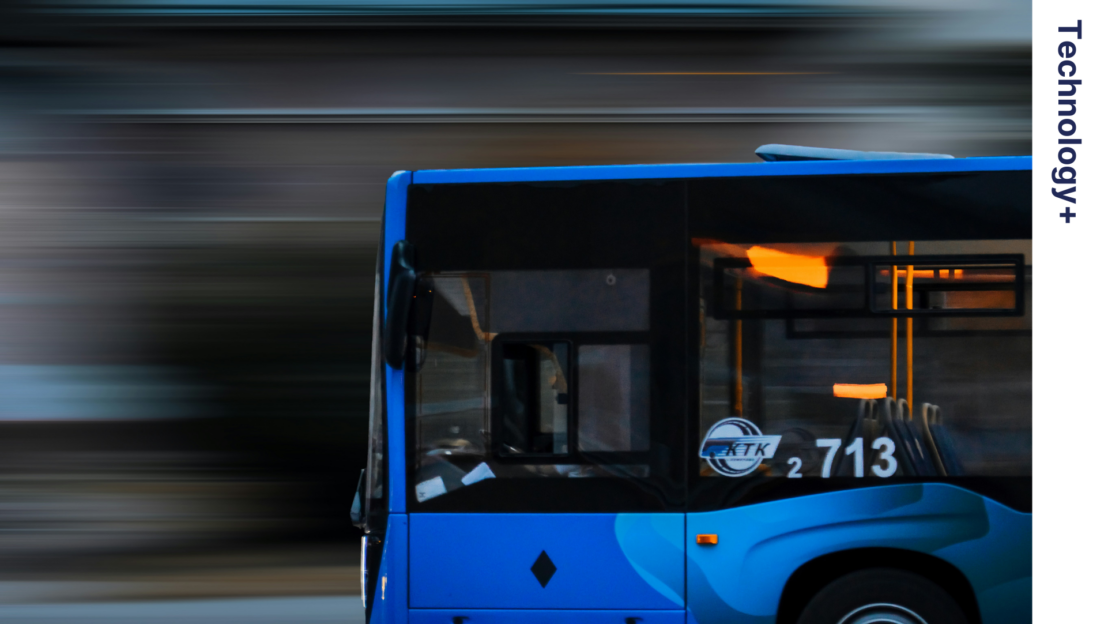Table of contents
If you work in mobility, you may have noticed that there are many rankings for the best public transport systems worldwide. You’ll find almost as many rankings as there are cities on Earth. Many travelers write about cities with great public transit on their blogs or travel platforms. There are likely numerous posts on the topic.
For this article, however, we decided to rely on a more trustworthy and reputable source: a study conducted by the consulting firm Oliver Wyman and the University of California, Berkeley.
What makes a public transportation system great?
Public transport deserves applause. Why is that? It’s important for getting around and creating a society that includes everyone and is environmentally friendly.
Public transit empowers residents with mobility and accessibility, while tackling climate change through reduced emissions. It creates vibrant, livable cities by reducing traffic congestion and increasing efficiency.
Public transport is the backbone for urban mobility in rapidly growing cities to meet the increasing demand.
Cities with the best public transit
The comprehensive Urban Mobility Readiness Index looked at the public transport systems of 70 major cities around the world. It rated them based on criteria that included the quality of the infrastructure, social impact, market appeal, operational efficiency, and innovative network developments. For its sixth edition in 2024, the index introduced a new sub-index focusing on technology adoption, which assesses how prepared a city is to embrace technologies like artificial intelligence, autonomous vehicles (AVs), and air taxis.
Without further ado, let’s dive into the best cities for public transportation:
1. Singapore
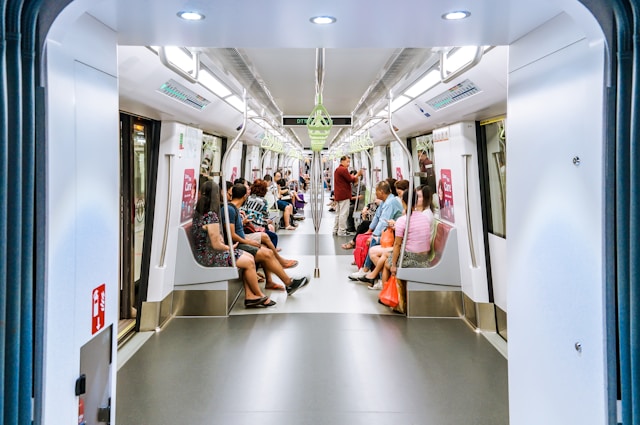
In the 2024 edition of the Urban Mobility City Ranking, Singapore claimed the top spot for public transit, earning recognition as having the best public transport system in the world.
At the heart of Singapore’s success is its extensive Mass Rapid Transit (MRT) network, which has been a global leader in automation since 2003. As the world’s pioneer in automated rail systems, Singapore now operates six MRT lines spanning over 200 kilometers, providing comprehensive coverage of the island — from residential neighborhoods and commercial hubs to major tourist attractions.
Complementing the MRT is a well-integrated bus network that ensures seamless connectivity across the city. Bus services are frequent and reliable, with dedicated lanes to prioritize movement during peak hours.
Looking ahead, Singapore aims to further enhance its public transportation system. By 2030, the government’s goal is for 75% of all trips to be made by rail or bus, reinforcing its commitment to creating a more accessible, efficient, and sustainable urban mobility experience.
2. Hong Kong, China
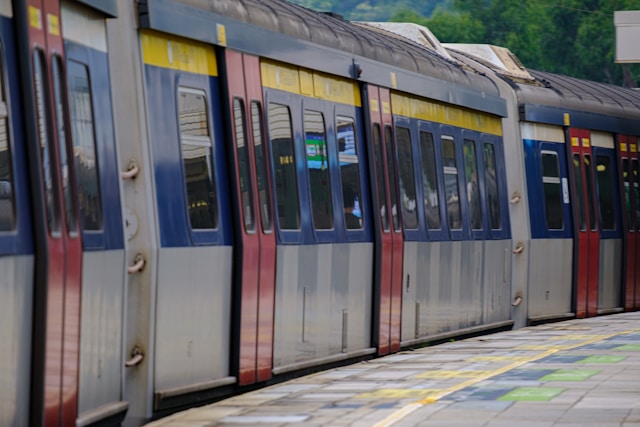
According to the report, Hong Kong’s has an excellent public transit system characterized by its efficiency, affordability, and accessibility, with most residents just a short distance from the nearest station. As a result Hong Kong has one of the highest public transit ridership levels globally, with a modal split of 70%.
Hong Kong’s MTR is one of the most advanced and densely operated metro systems globally. Each day, the rapid-transit network in the metropolis facilitates the majority of the 9.7 million passenger trips. The trains run frequently, with waiting times often no longer than a few minutes, even during off-peak hours.
The MTR seamlessly integrates with other forms of public transport, including buses, trams, ferries, and even the Airport Express. It provides passengers with convenient and efficient transfer options.
Another advantage is the Octopus Card. Passengers can use the contactless card for fare payment across various modes of transportation making it convenient to travel seamlessly without the hassle of buying separate tickets. Overall, the combination of reliability, accessibility, and integration makes Hong Kong’s public transit system one of the most admired in the world.
3. Stockholm, Sweden
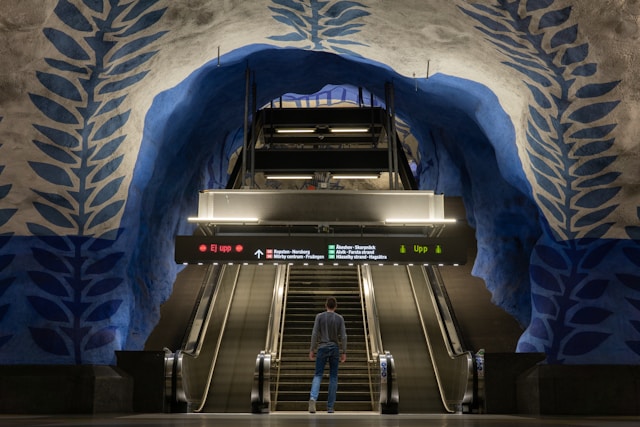
The Swedish capital ranks third among cities with the best public transportation systems, recognized for its sustainable, low-emission network.
Stockholm boasts a dense and seamlessly integrated transit system that combines metros, buses, trams, and ferries, all offering strong connections to Sweden’s national rail network.
Every day, the city’s public transport serves approximately 800,000 passengers across more than 400 bus routes, ferries, and 100 kilometers of metro, tram, and train lines.
Since 2017, all of Stockholm’s trains and buses have operated entirely on renewable energy — a testament to the city’s commitment to sustainability. Looking ahead, Stockholm aims to achieve net-zero emissions by 2030. Plans include the creation of two zero-emission zones by 2026, while much of the city’s waterborne transport, already running on renewable fuels, is expected to transition fully to electric or renewable energy sources by the end of the decade.
Ensuring everyone can enjoy the benefits of their public transportation system is paramount. Stockholm offers an accessibility guarantee, emphasizing its commitment to enabling travelers with disabilities to reach their destinations comfortably.
An additional perk for Stockholm’s public transit users? The Stockholm metro holds the unique title of the world’s longest art gallery. Many stations adorn stunning works from various artists, transforming everyday commutes into artistic journeys.
4. Copenhagen, Denmark
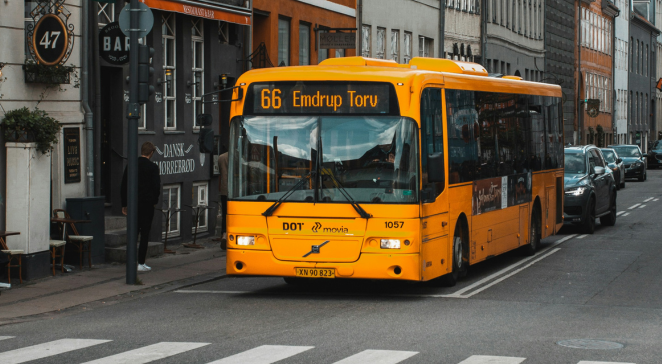
Copenhagen is widely recognized as one of the most bike-friendly cities worldwide. Years ago, the city began strategically developing its extensive cycling infrastructure, using simulation tools to optimize planning. The results have been remarkable: more than 62% of residents commute by bicycle, making it the most popular mode of transport in Copenhagen.
Beyond cycling, the city boasts one of the world’s most robust multimodal public transit systems, known for its 24/7 service and high density of transit stations. Copenhagen continues to invest in improvements, including a new metro line, M5, which was approved in spring 2025. The new line will improve transport service in remote areas, including Amager Island, as well as in new residential districts. It is projected that by 2050, the line will carry 91,000 passengers daily, increasing to 134,000 by 2070.
5. Paris, France
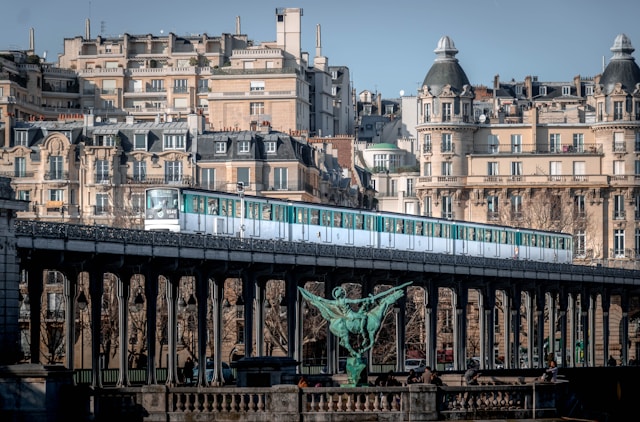
Paris has gained recognition for its “15-Minute City” approach and its strong commitment to active mobility, supported by major investments in walking and cycling infrastructure. However, the city also consistently ranks highly for its public transportation system.
It has a extensive reach, is affordable , and seamlessly integrates into the city’s fabric. Few Parisians live far from a station, with a dense network of metros, trams, and the RER (Réseau Express Régional) serving the city center and surrounding regions.
A single ticket is very cheap, costing only about 18% of the price of a daily meal. This is much lower than in other big cities.” This makes public transport a budget-friendly choice for residents and visitors alike.
Paris’s public transit system transcends mere functionality. Many metro stations boast unique architectural styles, transforming commutes into journeys through the city’s rich history and artistic heritage. The network in Paris is an important part of the city’s identity. It demonstrates the city’s commitment to sustainable and culturally enriching urban planning
6. Vienna, Austria
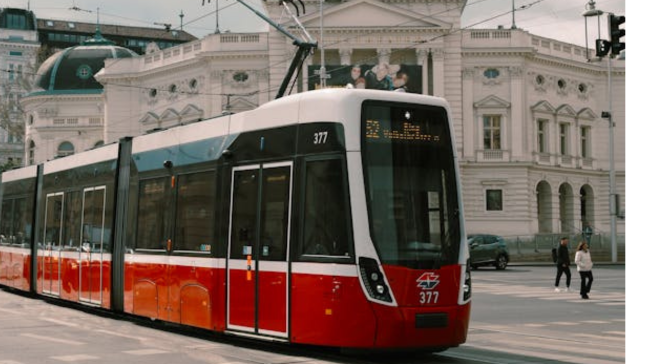
Vienna is consistently ranked among the world’s most livable cities—thanks in part to its strong multimodal transit system and infrastructure that supports walking and cycling.
Austria’s capital offers an extensive public transportation network, including five underground lines, 29 tram lines, and 127 bus routes. The system features a high station density, placing most residents within easy walking distance of a stop. One of the standout features of Vienna’s transit is its affordability: an annual ticket costs just €365—equivalent to one euro per day—making it one of the most cost-effective systems for commuters.
Wiener Linien, the city’s public transport operator, is continuously working to enhance the network and improve service quality to meet the needs of Vienna’s growing and mobile population. For the past five years, the company has used PTV software on a daily basis to support both operational and strategic planning.
At the microscopic level, the software is primarily used to assess the impact of various construction measures affecting tram lines—such as rerouting—as well as to evaluate traffic-actuated signal programming. On a macroscopic scale, typical use cases include accessibility assessments, strategic planning of public transport fleets (including electric vehicles), analysis of shifts in travel demand, and the integration of new, sustainable transport modes.
7. Berlin, Germany
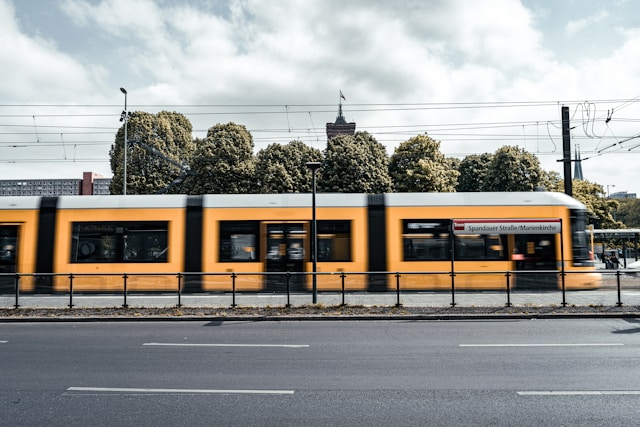
What sets Berlin’s public transportation apart is its strong emphasis on multimodality. Supported by an integrated app that allows users to plan trips and pay for all modes of transport — including mass transit, cars, and e-scooters — getting around the city is both convenient and efficient.
An impressive 97% of Berliners praise the system for its reliability, comfort, and safety. The introduction of the Deutschland Ticket has further enhanced affordability, offering unlimited access to local and regional public transport across Germany for approximately €58 per month.
Berlin’s diverse transport network includes the U-Bahn (subway), which spans 146 kilometers (91 miles) and serves 173 stations. Operating hours are extensive: most lines run from early morning until 1 a.m. on weekdays, with 24-hour service on weekends.
Berliner Verkehrsbetriebe (BVG), Berlin’s public transport operator, has been using traffic modeling for more than 15 years to support its planning and decision-making. Their PTV Visum traffic model covers 1,500 traffic districts and includes up-to-date supply, structural, behavioral and counting data.
In addition, PTV Transport Consult was commissioned to enhance the content and methodology of the current transport model.
8. Zurich, Switzerland
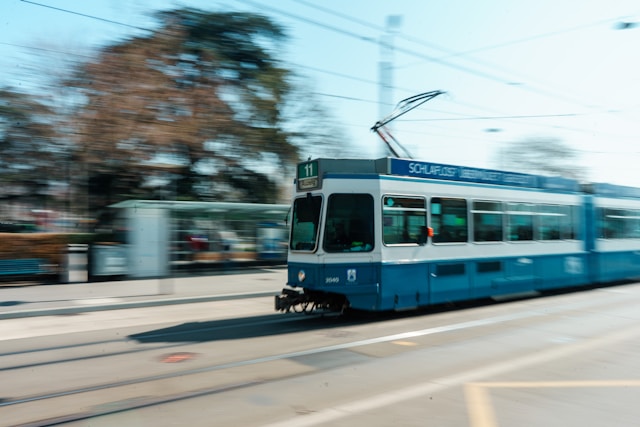
Despite Zurich’s high cost of living, its public transportation system remains affordable and accessible. Known for its efficiency and multimodal design, the network ensures that stations are almost always within easy walking distance.
Th Zürcher Verkehrsbetriebe (VBZ) provides environmentally friendly and reliable transit services to Zurich and the surrounding region, operating 365 days a year for at least 20 hours a day.
Zurich continues to invest in the future of its public transport. In 2024, the city approved expansion plans, including the addition of two new tram lines.
VBZ is committed to resource-efficient growth, using advanced tools like PTV Visum software for service planning. This allows for in-depth analysis of potential new lines and improvements, helping the system evolve to meet future demands.
Additionally, Zurich’s public transportation system benefits from Switzerland’s great rail network, operated by the Swiss Federal Railways (SBB), one of the best train systems in the world.
9. Oslo, Noway
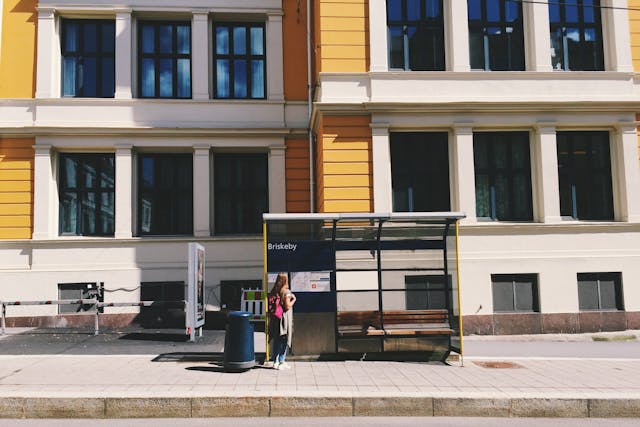
thanks to its well-developed, modern transit system that makes getting around the city effortless. Whether on foot or by bike, you’re never far from a convenient transport option.
Public transportation in Oslo is also relatively affordable. On average, it costs just 28% of daily food expenses—significantly less than parking, which accounts for around 56%.
The Norwegian capital is also pursuing an ambitious goal: to become the world’s first emission-free city by 2030. In a major milestone, sales of electric vehicles (EVs) in Norway surpassed those of internal combustion engine cars for the first time in 2024.
Oslo is actively decarbonizing its public transport system as part of this broader vision. The city’s trams and metro already operate on renewable energy, and by 2028, Oslo aims to fully electrify its entire transit fleet—including buses and ferries.
Looking ahead, Oslo is preparing for the future of mobility with investments in new technologies such as self-driving vehicles and Mobility as a Service (MaaS). These innovations are expected to transform how people navigate urban environments, and Oslo is positioning itself at the forefront of this shift.
Ruter, the company in charge of public transportation, requested a study to explore potential outcomes of AV uptake. Together with COWI, a Scandinavian consulting firm, PTV developed a traffic model for the Oslo and Akershus region to underpin the future mobility scenario. The Oslo study dares to look into this unknown future and shows how the latest technology trends, such as autonomous driving and shared mobility, will affect future mobility in Oslo.
10. Tokyo, Japan
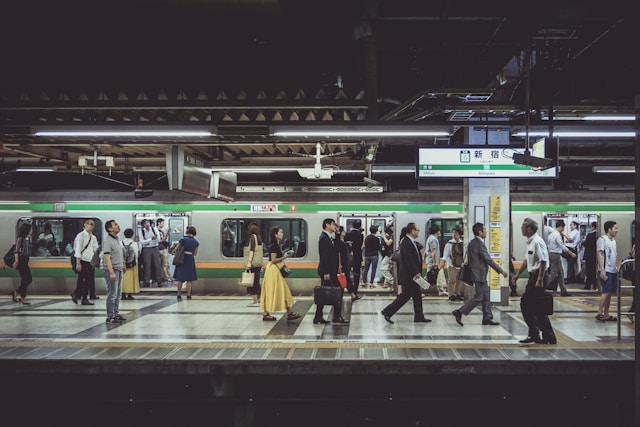
Tokyo’s mass transit system is renowned for its vast and highly efficient urban rail network—the most comprehensive in the world for suburban trains and subways.
The city’s transit network seamlessly integrates with Tokyo’s buses, trams, and monorails, as well as Japan’s national high-speed rail system, including the Shinkansen bullet trains—ensuring convenient travel both within the city and across the country.
Looking to the future, Tokyo plans to invest ¥500 billion (approximately $3.6 billion) in a new rail line connecting the waterfront area to the city center by 2040. To enhance accessibility for international visitors, the city also began testing out a 12-language communication system in 2024 to improve navigation and service for non-Japanese speakers.
US cities with best public transportation
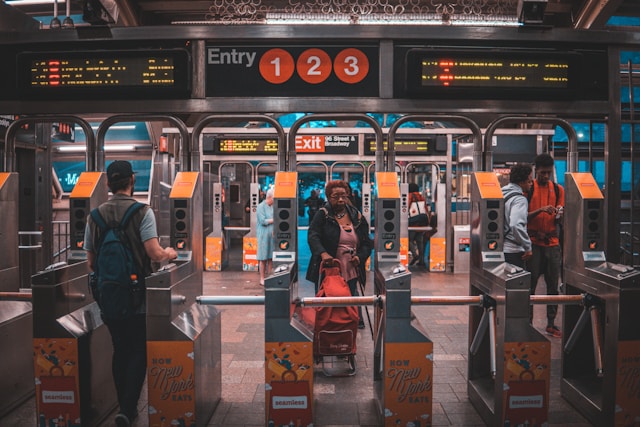
In the global ranking of public transportation systems, New York holds the highest position among US cities with good public transportation, currently at 11th place.
The city’s public transit network features several major multimodal hubs and operates extensively throughout the night. Additionally, it accommodates bicycles onboard, enhancing accessibility for cyclists. However, New York’s transit infrastructure requires significant investment and modernization efforts. Despite ongoing upgrades by the Metropolitan Transportation Authority, including the replacement of aging subway signals, the prospect of autonomous operation remains distant.
There are some other US cities with great public transportation within the Urban Mobility Readiness Index: San Francisco, ranked 24th, and Chicago, ranked 26th.

Inspire people to use public transport
We talked to public transportation experts around the world to find out how to inspire people to use public transportation more often. The results are summarized in a colorful playbook.

Public Transport Planning – From Analysis to Implementation
We’ll show you how modern public transportation planning works, which steps are essential, and how you can successfully master the current challenges.

